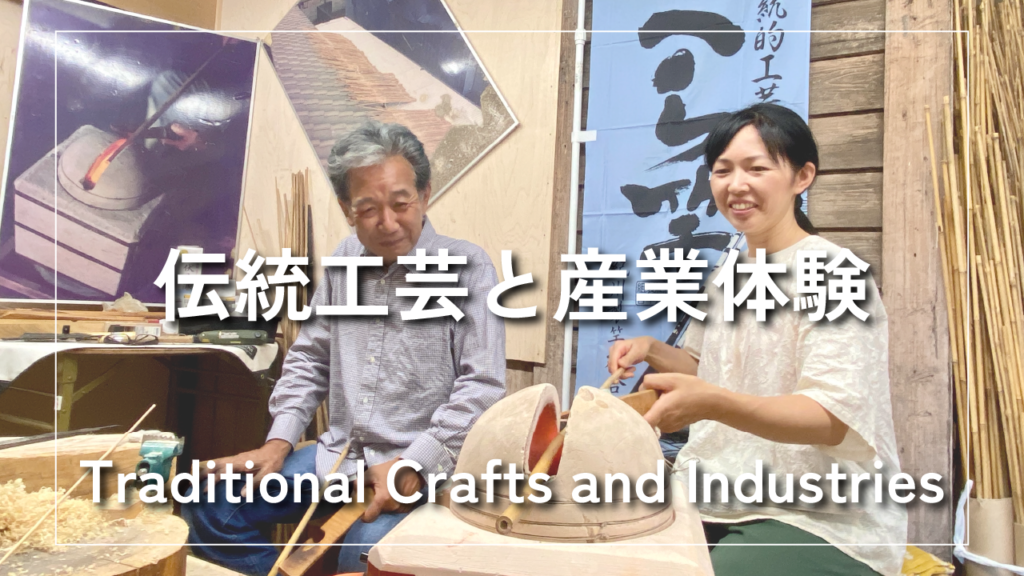
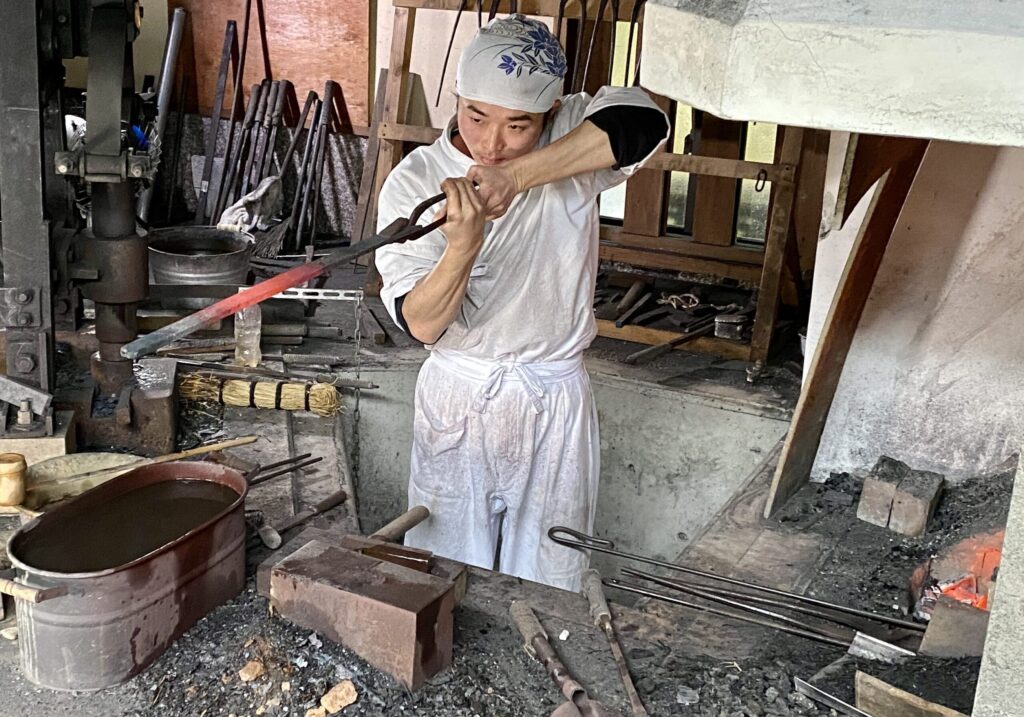
Japanese Sword Blacksmithing
The Japanese sword is a masterpiece that Japan is proud of to the world. At the Japanese sword forging dojo located in Amano, a village associated with Kukai in Katsuragi Town at Koya-Sanroku, the foot of Koyasan, you can experience the masterful techniques of young swordsmiths.
The force of hitting the red hot iron with a mallet is truly impressive. In addition to observing the series of blacksmithing processes, you can also experience making short swords and paper knives while learning directly from the young swordsmiths.
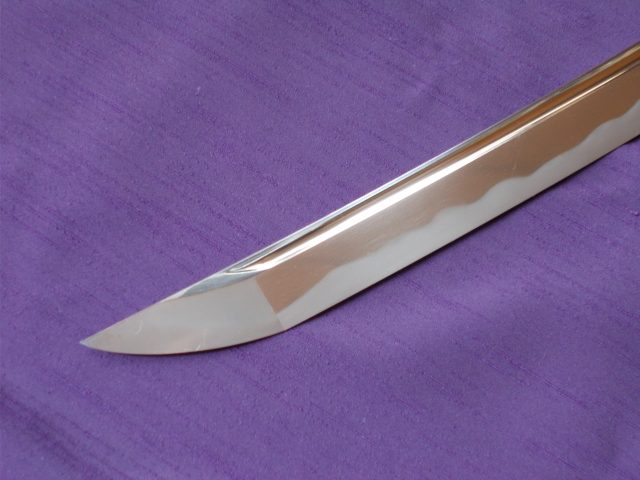
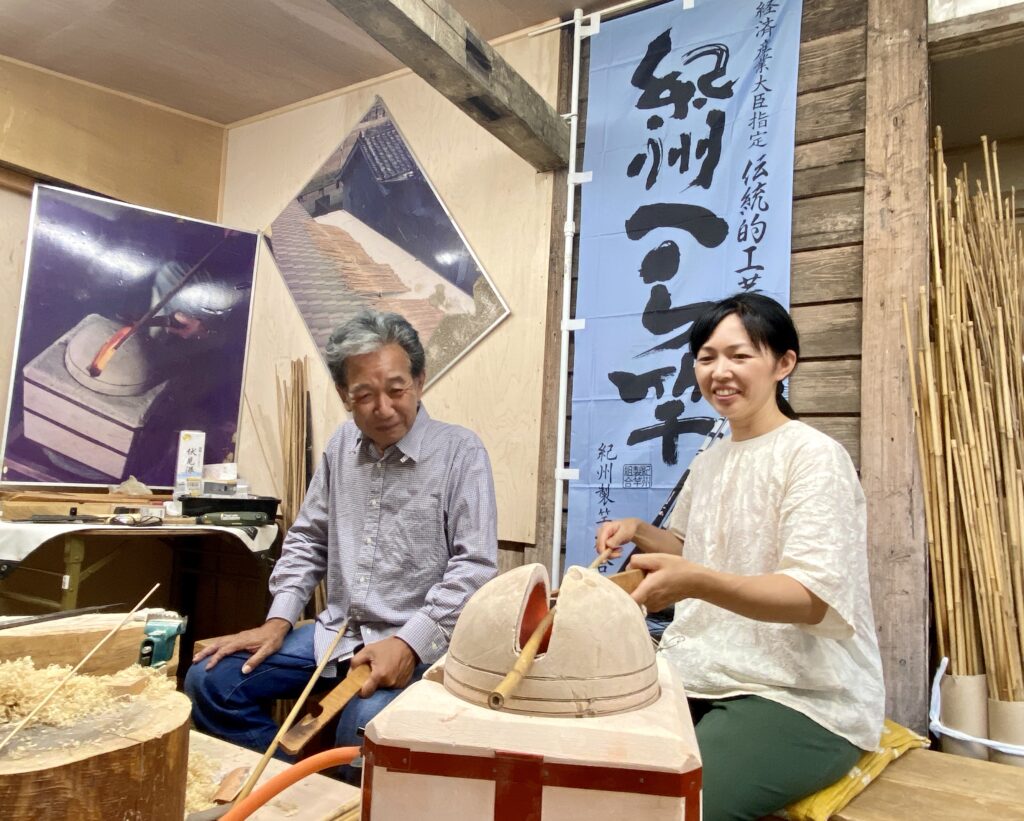
Making Kishu Bamboo Fishing Rods(Kishu Herazao)
Kishu Herazao is a traditional craft that has been rooted in Hashimoto City at Koya-Sanroku for over 100 years. You can learn directly from the master traditional craftsman how to make this fishing rod made from wild bamboo. In addition to heating and tip shaving, which are important manufacturing processes for making rods, you can also experience making bamboo accessories.
Kishu Herazao Fishing Experience
Why not try fishing for Hera-buna (Japanese white crucian carp) at Hidden Valley Pond in Hashimoto City at Koya-Sanroku, which is known as the sacred place for Kishu Herazao? Rental rods and bait are included, and if you wish, you can receive instructions from a fishing rod craftsman. Even beginners can enjoy the real pleasure of fishing.
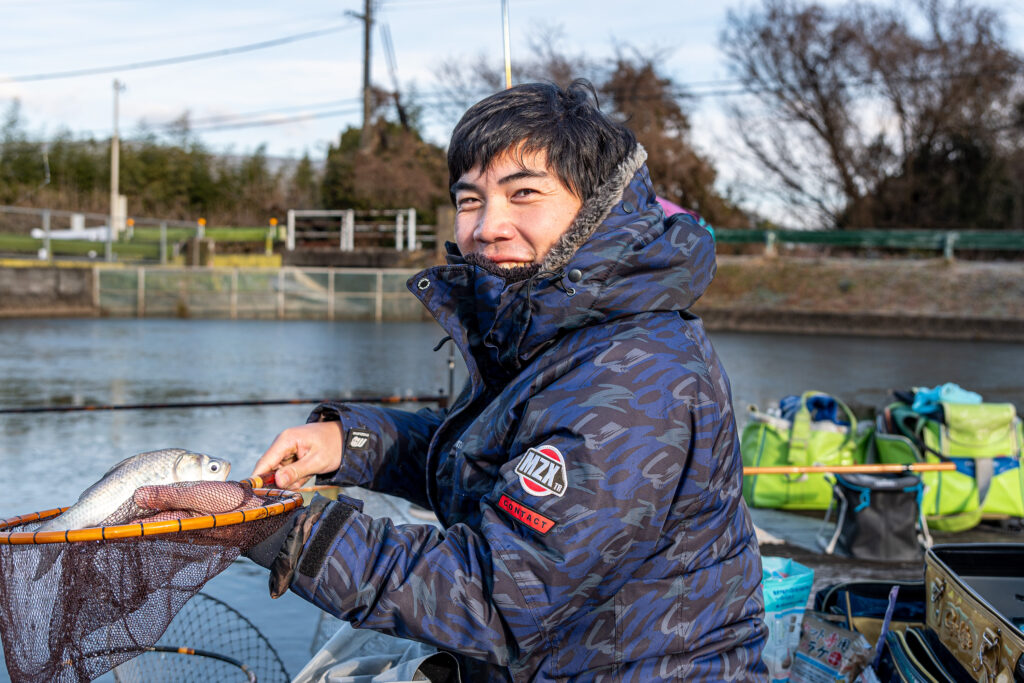
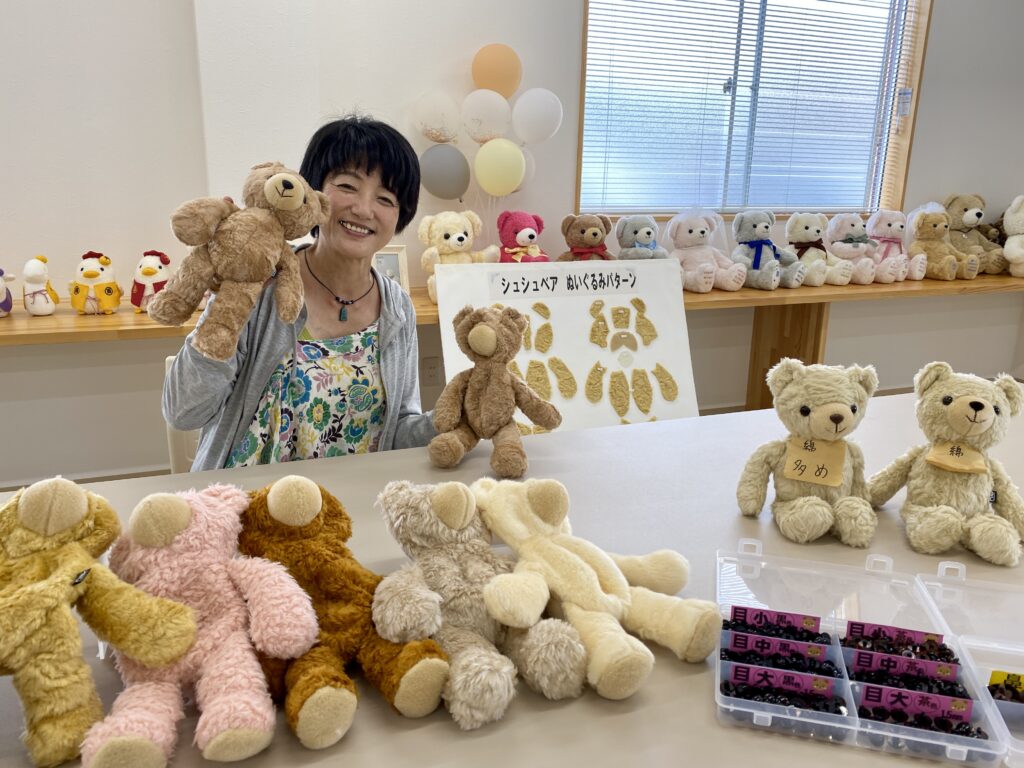
Teddy Bear Making Experience
Hashimoto City, located at Koya-Sanroku, is a major producer of “pile textiles,” fabrics made of wool (pile yarn). Hashimoto City is home to one of the few manufacturers of purely domestic stuffed animals in the country that uses locally produced pile fabric.
While learning directly from the craftsmen of the stuffed toy manufacturer, you can experience the most important production steps, such as inserting the cotton and sewing the face on. Why not try making a one-of-a-kind teddy bear as your own treasure or as a gift for a loved one?
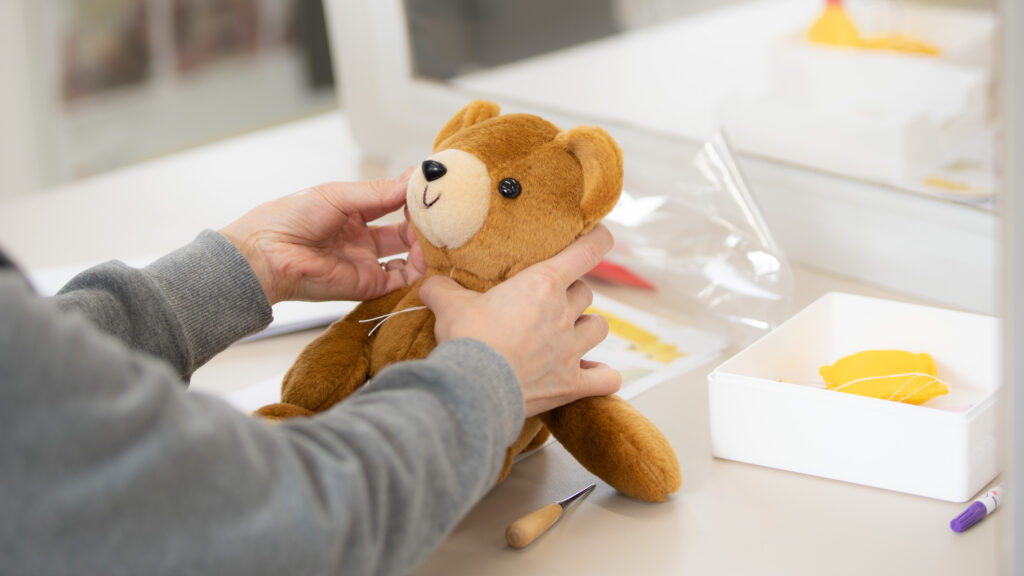
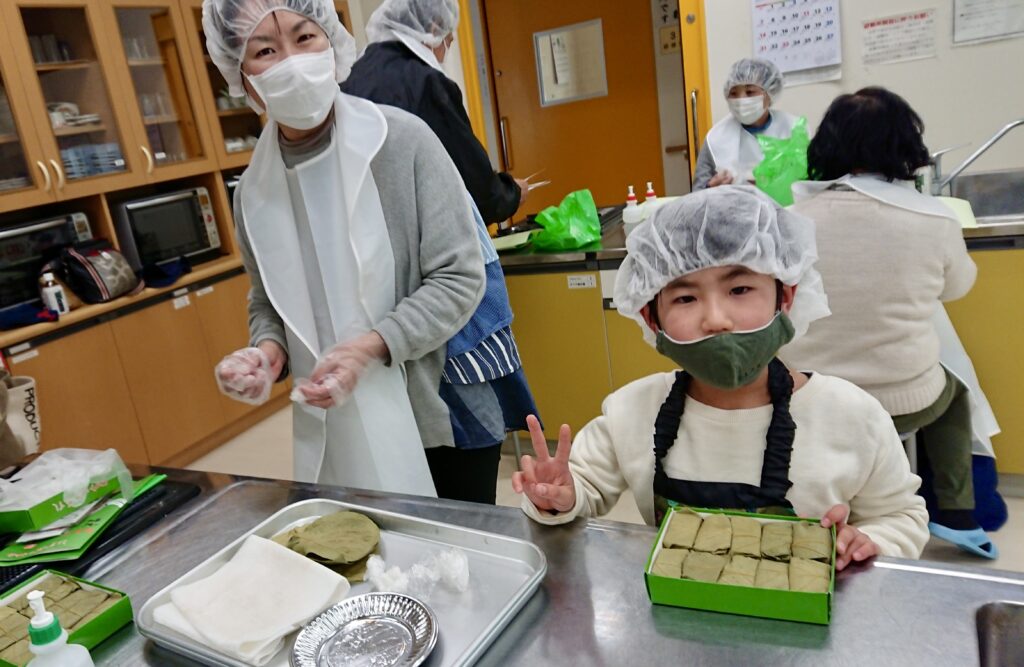
Local food: Kakinoha-zushi (Persimmon Leaf Sushi) Making Experience
Kakiha-zushi is a type of sushi made from mackerel or salmon pickled in vinegar and wrapped in persimmon leaves, and is widely loved as a local dish of Wakayama and Nara. It is a traditional food from Koya-Sanroku that is familiar to many people, having long been a home-cooked dish and now a standard souvenir.
In this experience, you will be able to directly learn about the history of Kakinoha-zushi and how to make it from the president of a famous, long-established store with stores all over the country. Of course, you can take home Kakinoha-zushi you make during the experience. Why not try making the taste of that famous restaurant with your own hands?
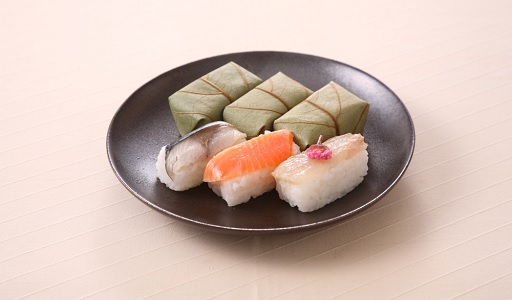
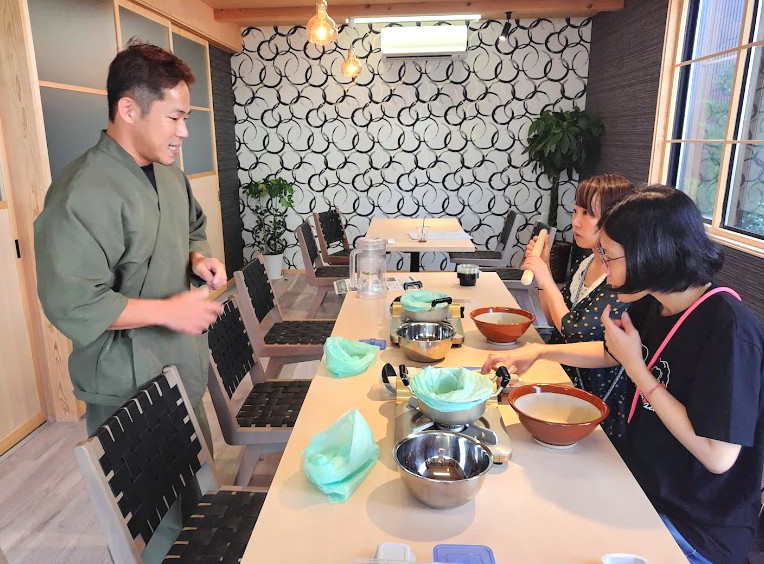
Koyasan Traditional Goma Tofu (Sesame Tofu) Making Experience
Goma tofu is a traditional food that has supported monks as a valuable nutritional source in Shojin ryori. It is also widely known as a specialty of Koyasan. Although it has the word “tofu” in its name, it actually does not contain soybeans.
Authentic Goma tofu is made with great care using carefully selected kneaded sesame seeds and powder from the high-quality Yoshino kudzu. Let’s learn the recipe for Goma tofu, which is characterized by its elegant sweetness, from the owner of a famous restaurant located in the sacred place of Koyasan.
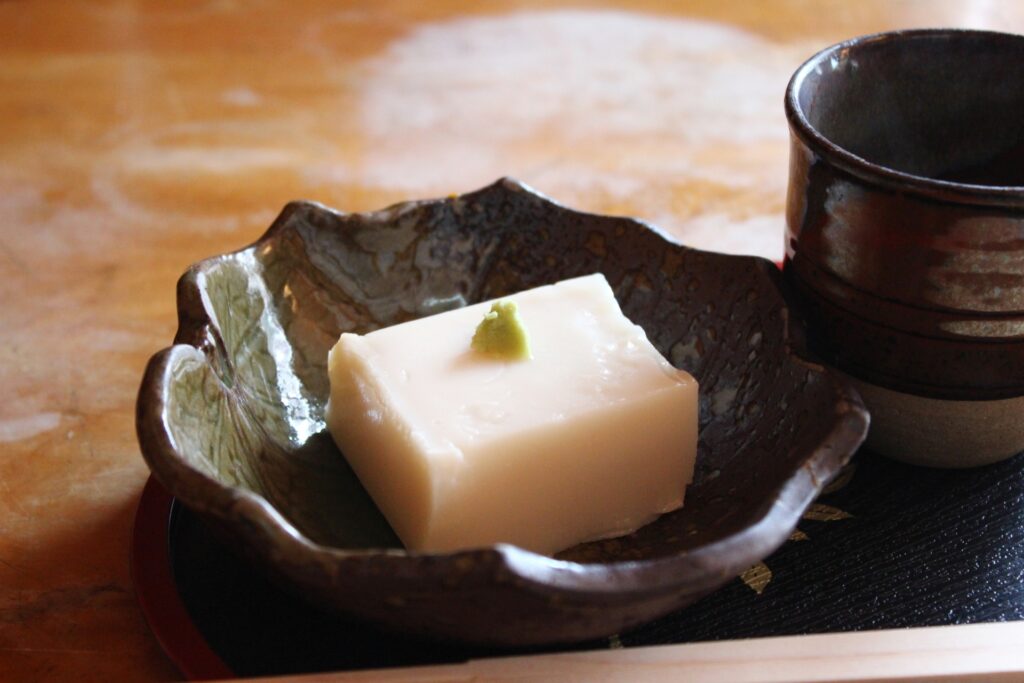
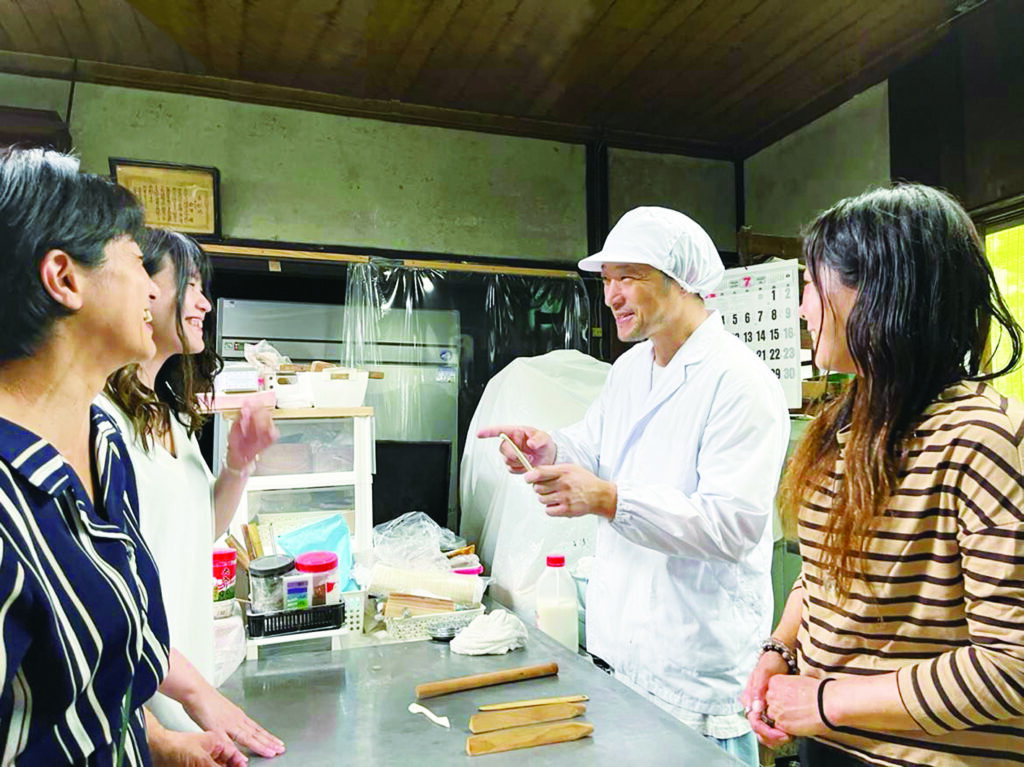
Wagashi (Japanese Sweets) Making Experience
Established in 1911, this long-established wagashi shop is loved by local residents and is an experience where you can make sweet and delicious Japanese sweets. The fourth-generation owner will teach you how to make it one-on-one, so the taste is guaranteed.
In addition to the standard dorayaki and nerikiri, making fruit daifuku using seasonal fruits is also popular. You can take home the sweets you make. You can also enjoy it with tea in the relaxing atmosphere of the Japanese-style room in the corner of the shop.
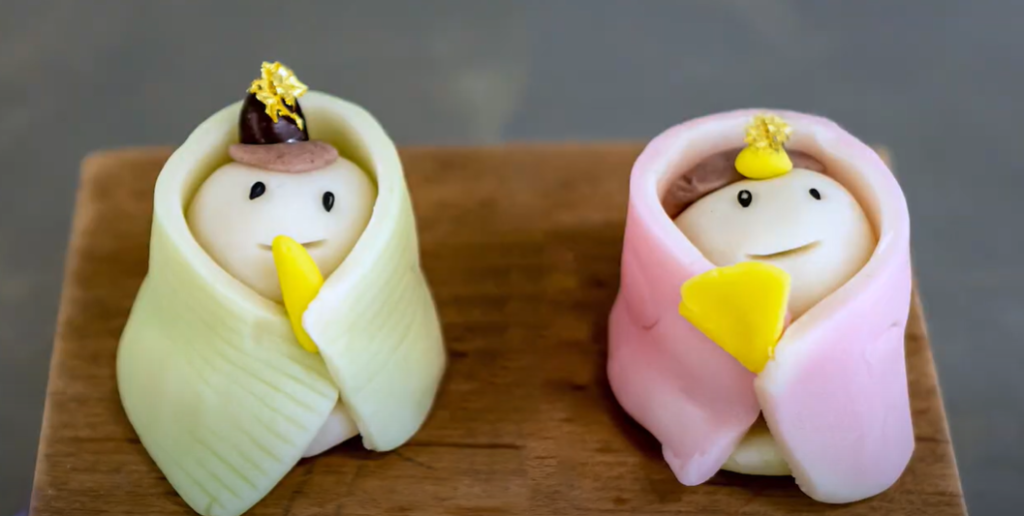
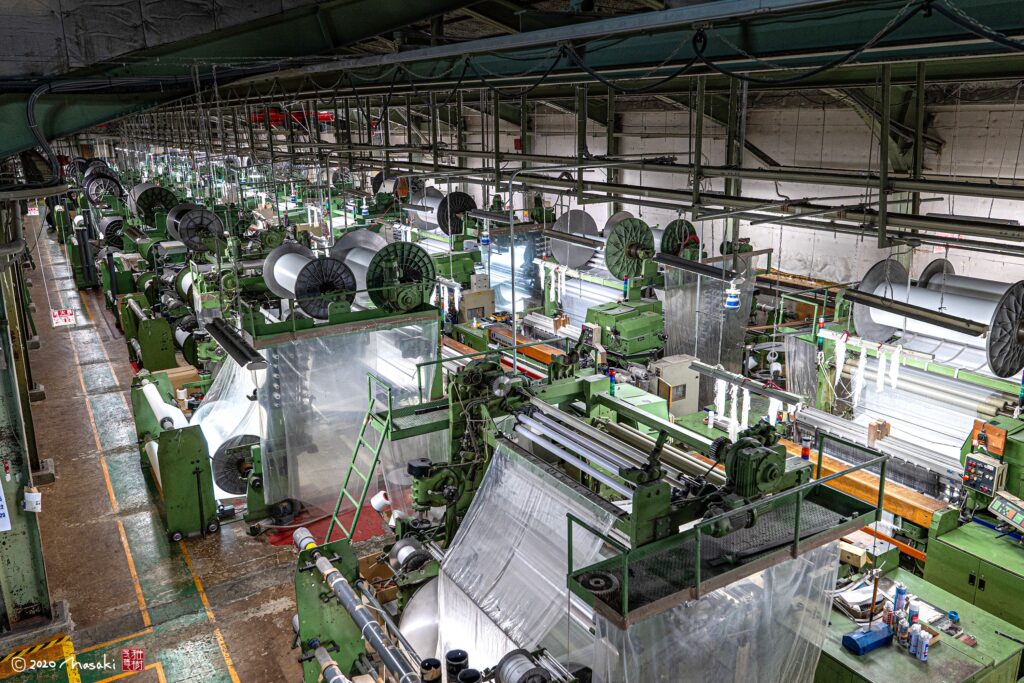
Traditional Industry Retro Factory Tour
Koyaguchi Town at Koya-Sanroku, has been known as a production center for pile fabrics since the Meiji era, and boasts the highest production volume in Japan. Pile fabric is a woven fabric in which wool (pile yarn) is woven into the base of the fabric, and now it has become a part of everyday life, from eco-fur (fake fur) to train seats. It is a luxurious woven fabric that is durable and long-lasting.
Would you like to tour a retro textile factory in Koyaguchi Town? You can get a close-up look at the manufacturing process at a factory where textiles are made for a variety of purposes, from Shinkansen seats, seats in the National Diet Building, clothing for famous brands, special fabrics used in the production of LCD TVs, and everyday items such as etiquette brushes.
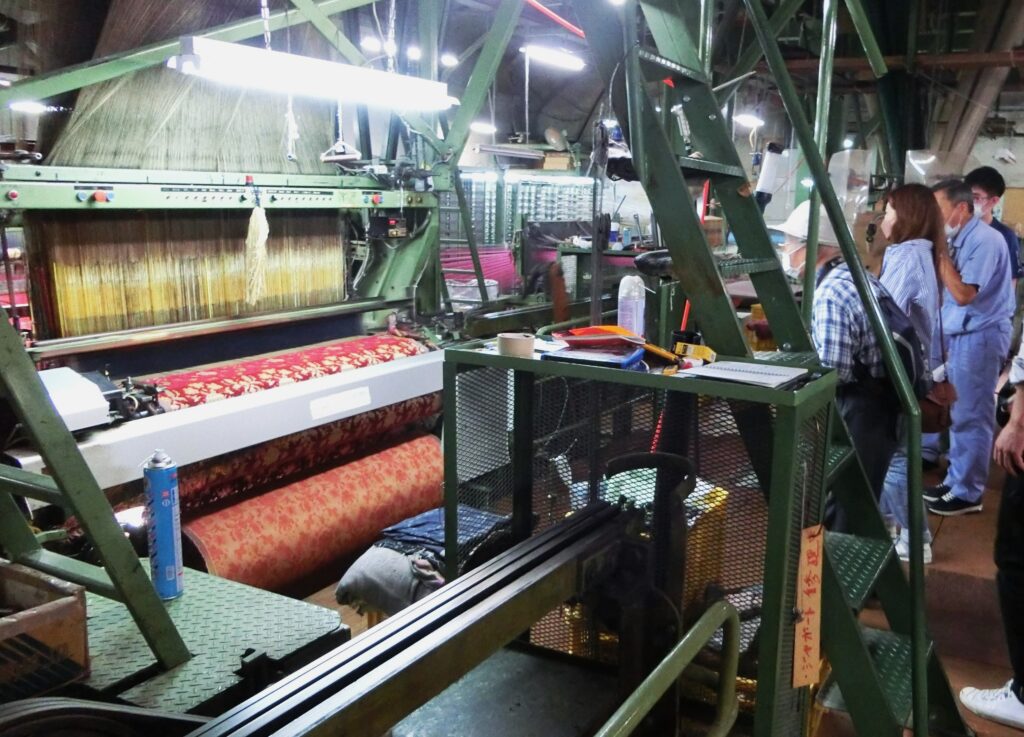
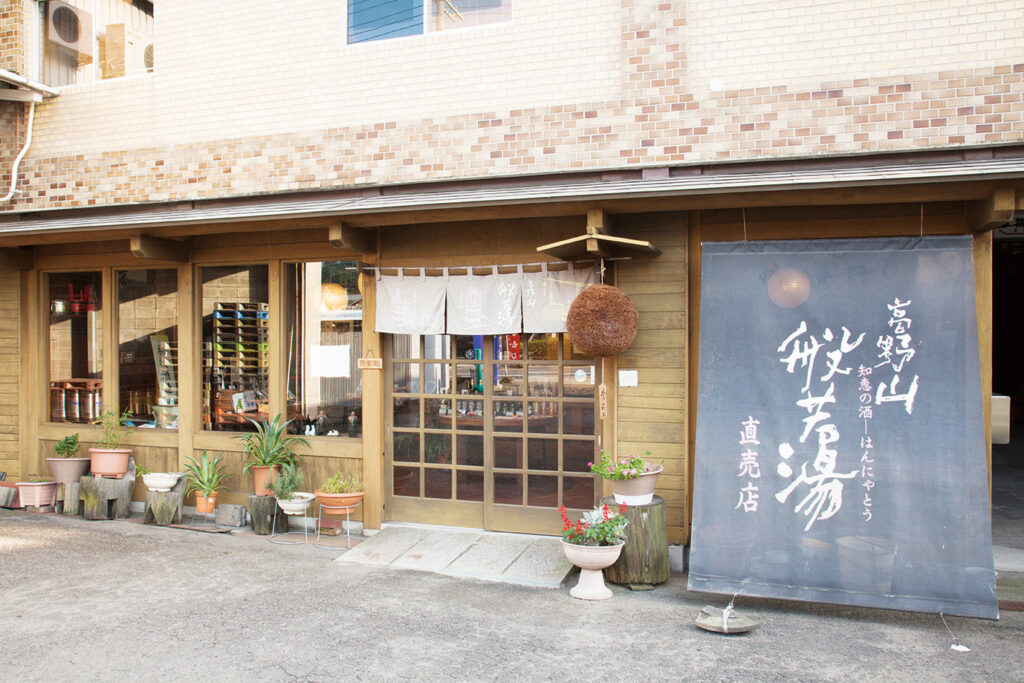
Tour of a Long-established Sake Brewery
Hatsuzakura Sake Brewery is a long-established sake brewery located in Katsuragi Town at Koya-Sanroku. It is located along the Yamato Kaido Road, where many people have come and gone since ancient times, and the main building, which is a registered tangible cultural property, still has the latticework where people who bought sake once tied their horses.
It is called “Kawakami Sake” because it is located “Kawakami” means upstream of the Kino-kawa River, and the traditional sake of this area, which is famous all over the country, has been passed down to the present day through traditional natural brewing. During your tour of this traditional sake brewery, you can sample and purchase souvenirs at the attached direct sales store.

